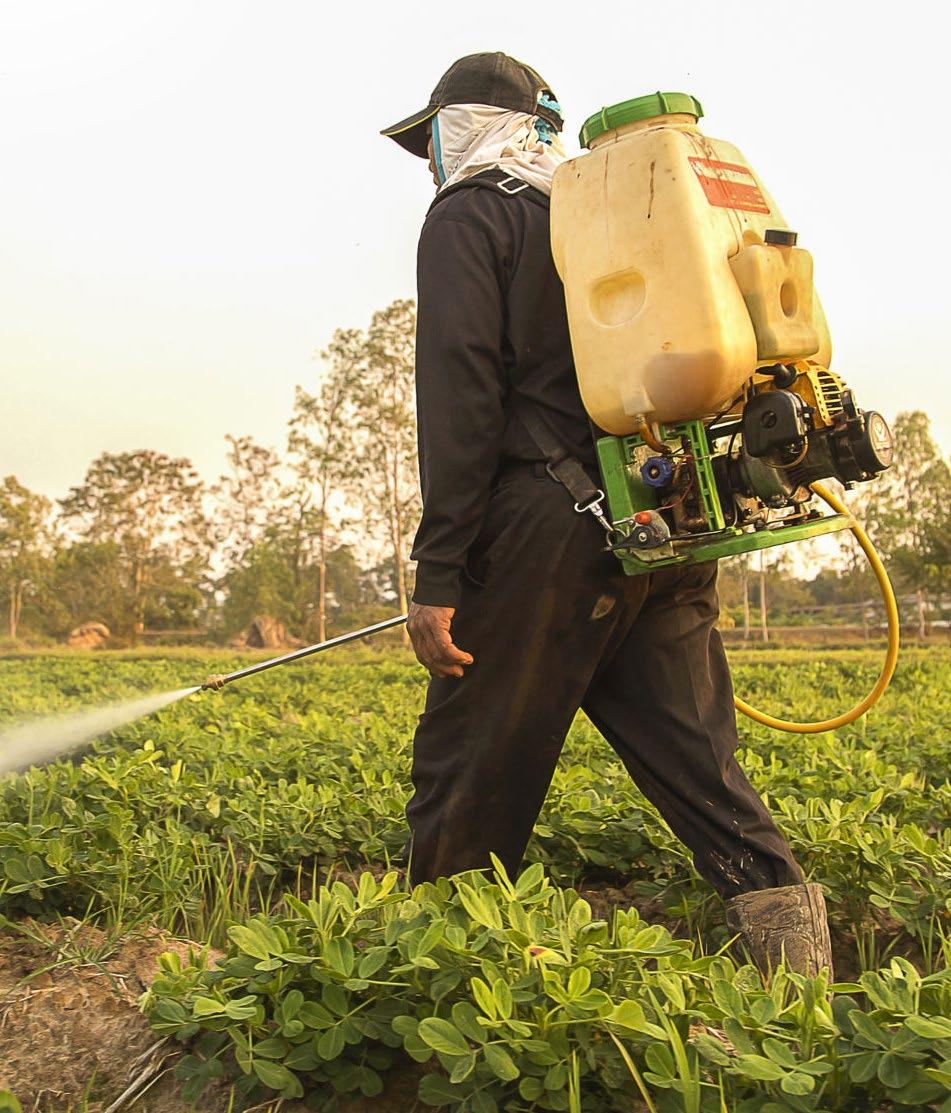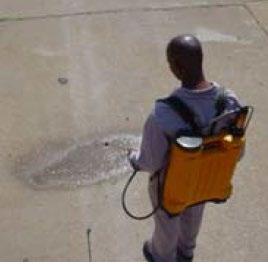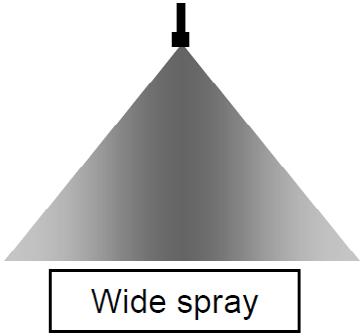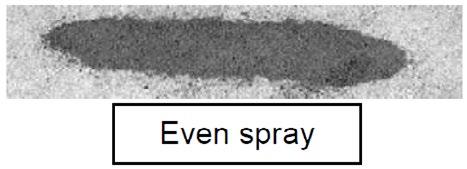
2 minute read
Spray to protect your crops: Part 7
from ProAgri BNZ 07
by ProAgri
Spray to protect your crops: Part 7 Use the right nozzle Compiled by J Fuls (Pr Eng)
Alot of design and development goes into sprayer nozzles, since spraying is an exact science. Placing the right quantity of chemicals with the right pressure and drop size in the right place is essential to produce healthy crops. This month we look at various nozzles and how to use the knapsack sprayer for optimal spraying results. We thank the ARC Agricultural Engineering in South Africa, who made this article available to the readers of ProAgri BNZ.
Advertisement

Use the right nozzle
Each nozzle is designed for a specific job. This means that they all do not spray in the same way. Some nozzles are intended to form more large droplets than small droplets, like the “flat fan” nozzles:


These should be used for spraying weeds.
Other nozzles are intended to produce small droplets:
With a short spray on clean and dry ground, standing still, with no wind, one can get an idea of the kind of nozzle you have.

These nozzles are used to kill insects and fungi on plants.
Two kinds of “flat fan” nozzles are available. One will spray evenly on the ground and the other is intended to spray unevenly, even though the nozzles may look alike. If one were to spray over a row of glasses, the water collected in the glasses will be like this:
The picture on the ground will look like one of these above.

Nozzle size
Within the same kind of nozzle, the hole size of nozzles also differs. A nozzle with a bigger hole will deliver more water at the same pressure. If the nozzle is too big, you will have to pump faster to spray correctly. The tank will be empty very soon and a lot of refilling will be needed.
Nozzle spray width
The width that nozzles cover also varies. If a nozzle only covers a narrow band at a time, one would have to hold the nozzle high to get the required spray width.
Holding the nozzle high may be uncomfortable for the operator and there is more chance for the wind to blow the spray away.









